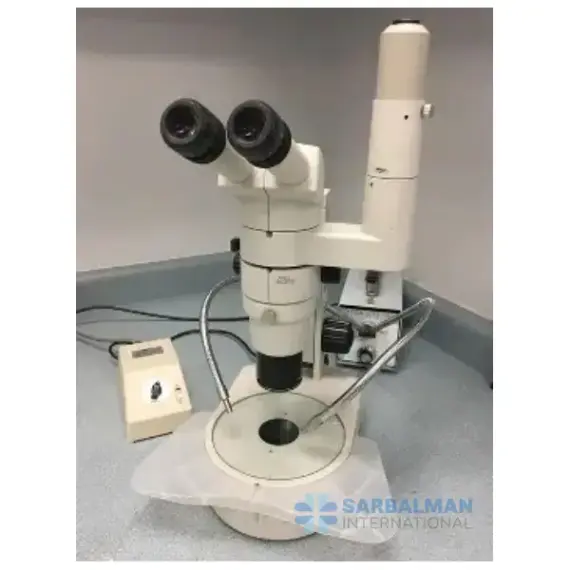Microscope
Free!
A versatile binocular microscope for clear, comfortable close-up work. Adjustable lighting and smooth focusing reveal fine details on slides or small parts, while a generous working area supports manipulation and inspection. Add cameras or auxiliary lenses for documentation and training. Ideal for education, clinics, and industrial quality control—reliable imaging that speeds decisions and elevates accuracy without complicated setup.
Description
Microscopes are precision optical instruments that magnify tiny structures so they can be seen and analyzed in detail. This model supports comfortable binocular viewing and a stable stand, making it suitable for long sessions at the bench. Adjustable illumination and fine/coarse focus controls deliver a crisp image across a wide range of samples—from biological slides to small electronic components. Interchangeable objectives and eyepieces let users tailor magnification and working distance to the task, while the ergonomic head reduces eye strain during routine inspection or teaching.
Key features and benefits
-
Bright, controllable illumination for clear contrast on translucent and opaque samples
-
Binocular head with diopter adjustment for accurate, fatigue-reduced viewing
-
Smooth fine/coarse focusing for precise depth control
-
Large working area and sturdy stage for safe manipulation of specimens or parts
-
Compatible with auxiliary lenses and cameras for documentation and training
-
Durable construction for daily use in classrooms, clinics, and production lines
Applications
-
Education: student labs, demonstrations, and practical exams
-
Clinical and research labs: sample screening, slide review, and documentation
-
Industrial inspection: PCB assembly checks, precision machining, jewelry, and quality control
-
Entomology and botany: dissecting and sorting specimens with ample working distance
-
Repair and hobby work: soldering, watchmaking, and micro-assembly
Comparison and selection guidance
Compared with a basic magnifier, a microscope provides higher, adjustable magnification with controlled lighting and accurate focusing, enabling reliable measurements and photography. Compared with single-eyepiece models, a binocular head improves depth perception and reduces eye fatigue. Choose a compound configuration for thin, light-transmitting specimens (cells, tissues). Choose a stereo configuration when you need lower magnification, greater depth of field, and room to manipulate parts.
This versatile microscope helps teams see more, work faster, and capture defensible results—ideal for schools, clinics, service centers, and light manufacturing.




